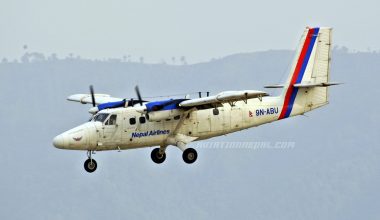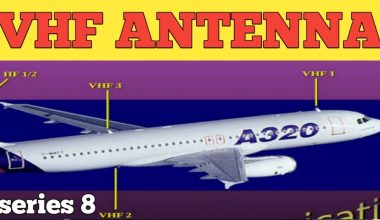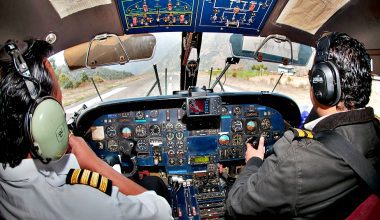Importance of Windsocks in Aviation
May 5, 2017
-What are Windsocks?
A windsock is commonly called as wind cones. It consists of cloth tubes that are generally in a cone shape and are most commonly used as devices to help determine the direction of the wind. They are also useful in gauging the speed of the wind and are in the shape of a large sock. A windsock is manufactured with light and flexible fabric most popularly nylon clothes and are produced in varieties of colors.
Windsocks are typically used at airports to indicate the direction and strength of the wind to provide wind information to pilots and also at chemical plants for minimizing the risk of gaseous leakage. They are sometimes located alongside highways where the wind is high at their locations.
-How are wind and the Direction measured by Windsock?
It is similar likely a compass, a windsock flows freely with the wind. The direction on which the windsock flows is not constant it varies on the direction of wind. The direction of the wind faces the opposite direction to the windsock which means that if a windsock flows towards the West, the direction of the wind is from the East.
A windsock are located on the high locations commonly, found on the pole which is about 6 feet long, in order to provide the actual wind tracking device enough to move with the wind and be clearly visible. The wind speed is tracked on the based on the banked angle of the windsock hanging in pole. A fully puff up, windsock means the wind is at 17mph.
-Where is Wind socks normally found?
A windsock is most commonly found at airports, airfields, near chemical plants and gas stores. Likewise, they are also found on the highways and similar windy locations.
-AERODYNAMICS FOR WINDSOCKS
The aerodynamics of a windsock is complex but basically they involve compression. The compression is very small but it is enough to force the sock up and out. When wind enters the sock at the large end it is forced down the tapered tube. If the tube are smaller than the pressure and speed of the wind is increased. This pushes out on the walls of the sock making it stick straight out, it also effects some turbulence inside the sock resulting hover of windsock. Having a large opening and smaller exit gives the wind sock all the features it needs to act like a funnel for wind, increasing its velocity and force to keep the sock “inflated” and at an angle above the surrounding winds.
As per the FAA standards a properly-functioning windsock will orient itself to a breeze of at least 3-knot (5.6 km/h; 3.5 mph) and will be fully extended by a wind of 15-knot (28 km/h; 17 mph).






